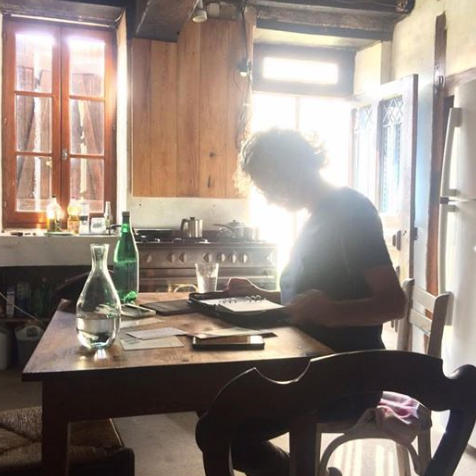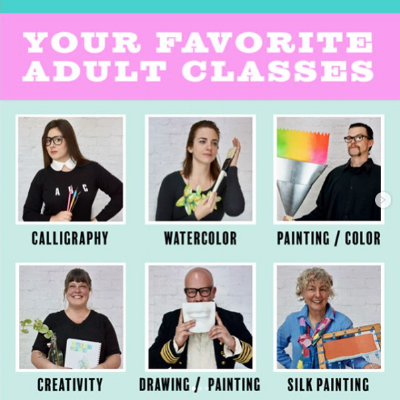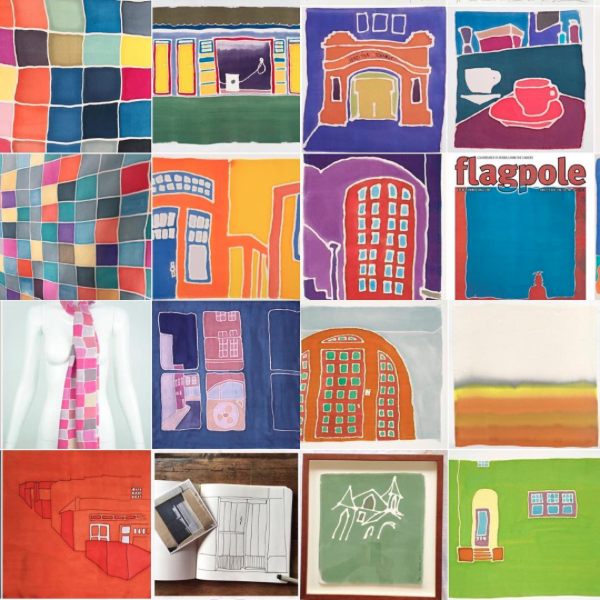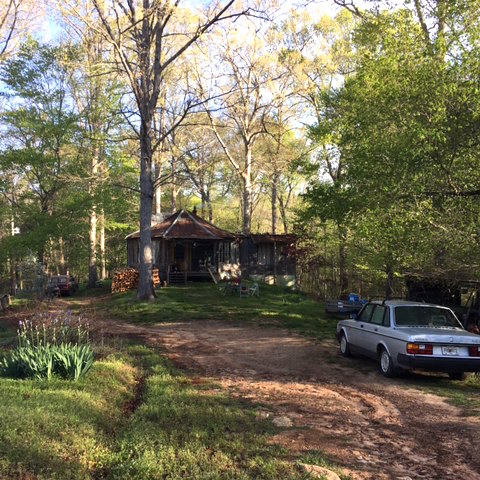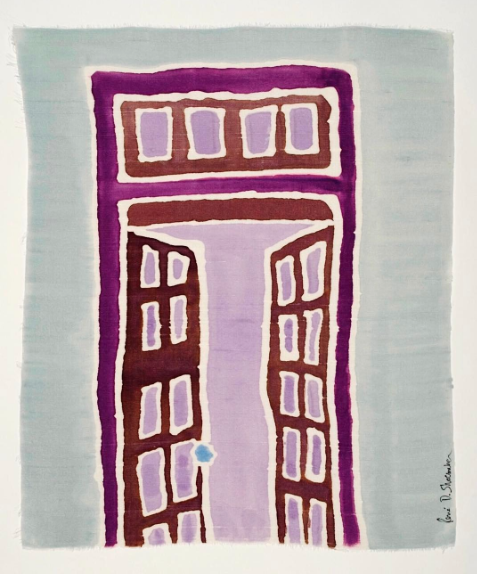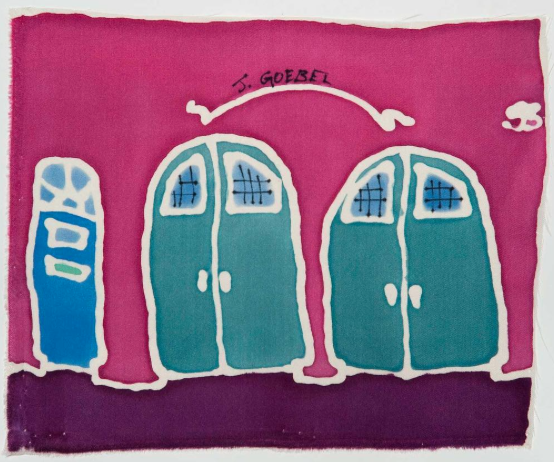HH: I think I take internet-ordering for granted, too, in terms of art supplies. And, yes, we have this amazing community here in Athens that supports artists through all levels of their work. I wanna talk about your new work, the work I respond to the most. Much of your new work is an investigation and commitment to a specific community, and because architecture has been a big part of your work (and life!) in the past, did this just happen naturally, or did you know that you wanted to encounter a whole city?
RS: I know I want to conquer the world, and what better way to do it than city by city? I’m not sure where my connection to place comes from... Well, now that I write that, I can imagine that it comes from exploring and the sense of place I created by living in the woods in a handmade house. Traveling in France, Spain, Italy, and the Netherlands gave me a sense that there are other ways of doing things, often the everyday things that we take for granted. (i.e.: architecture and living spaces and the differences abroad versus home). Christopher Alexander’s book “A Pattern Language” had a big impact on me and my viewpoint.
I also moved at age 17 from everything I knew (not so early in life, but a transformative experience for me) and this provoked new sensations, a kind of "feeling" of spaces. I was searching for the meaning of life then, and also tuning in to the details - loving the sound of the tires on the pavement as I traveled down the road - usually in a friend’s car or by hitchhiking. Later on, in my own car (an International Harvester pickup truck!), it was me and my Great Dane, Eric, having marvelous explorations. Feeling spaces became something I noticed then, and it has continued.
After having wandered for over 10 years, and landing in Athens... You know, it's a very small town - only 10 square blocks in the downtown area - but it feels good. The spaces are intriguing, the juxtaposition of new and old architecture inspirational. I love looking at the old Otasco building (now the Holmes-Hunter) as I cross Broad Street to North Campus at the University. Harvey and I had a small business downtown and I spent 30+ years on North Campus, so downtown Athens was like a home... I had an art studio there, and I felt very happy to be there.
HH: And now MY studio is on the exact floor where yours was, years later! I loved the day you told me about that. I looked at the space differently, I envisioned it as when you inhabited it. Not a lot has changed but someone put carpet in the halls and painted the stairs... it's a different space now. But the same place. What prompted you to explore places to begin with and how has this idea changed for you?
RS: For my first solo exhibition at Clayton Street Gallery in Athens in 2001, I offered two proposals - one of exploring the town of Athens and one an exploration of my house (handbuilt, octagon-shaped, in the woods). The Director chose the house proposal and we named it “Ethereal Spaces.” We also decided to pursue the other proposal the following year, and “From Here to There” was born from my explorations of Downtown Athens and the University of Georgia. Then and there, my career was born.
Also, I don't want to forget that when I first moved to the Florida Keys in 1969, way before University, I took a drawing class from a local artist. He took us around to the various locations in the Keys, and what I remember the most - what had the biggest impression on me - were the old weather-beaten structures on Pigeon Key. There I discovered the beauty of lines that are not straight. I learned how to draw perspective from that artist, and I also learned how to veer away from true perspective with confidence.
HH: I love that, when teachers share with you all of the levels of things, and everything involved, and how to just approach it with enough lack of fear to evolve it into a confident mark or gesture. How cool that you were exploring the Keys as part of a class! Now that explorations of place are revered in the art world, especially in prominent museums and galleries, your work is part of a large canon of artists that focus on community, history, and exploring. One of my favorite movements in art history were the Situationists (in France in the mid 20th century!), and one of their best projects, in my opinion, was setting the intention to wander. They called it a dérive: to wander without knowing why or where you'll end up. How do you feel about connecting to this great idea of the past to now?
RS: I‘m happy to hear that explorations of place are now revered in the art world -- can we schedule a show of my work at a major New York City museum now? :) I love your connection of my sense of exploration to the Situationists’ quest for an “unplanned journey”. There are so many things that point to the fact that I must have lived in France in a former life, as in my name: Re =again né = born... there is no French blood in my family to invite a French name be given to me, yet here I am. Wandering... being alive...
To wander! This is the perfect way to exist. No maps, no guidebooks, only discoveries.
And the past? The Situationists were not so long ago. The past is connected to the present. Always.
A wonderful consequence of the work that I do - exploring a place through its spaces - are the stories I receive in return. This was an unexpected result of putting my art out into the world. My visual stories encourage others to explore, and see, and remember, their own discoveries of a place.
HH: In my opinion, the stories and connections are the best thing to come out of creating and sharing art. Why do you think we are craving work like this again, work that connects us?
RS: Are we? In this life of disconnectedness (especially in the States), I believe there is a strong urge to connect. Families are changing. Nondescript strip malls have taken over America. The concept of “belonging” constantly changes. People wander. Others ask questions. I, myself, was disconnected and rootless for over 10 years, from my late teens to late 20’s. I haven’t consciously made that connection before (of my work related to place and my disconnectedness in the past), but maybe this question will lead to the answer for me?
I believe in the beauty and simplicity of line and color. This quiet beauty is what I am trying to share with the world.

